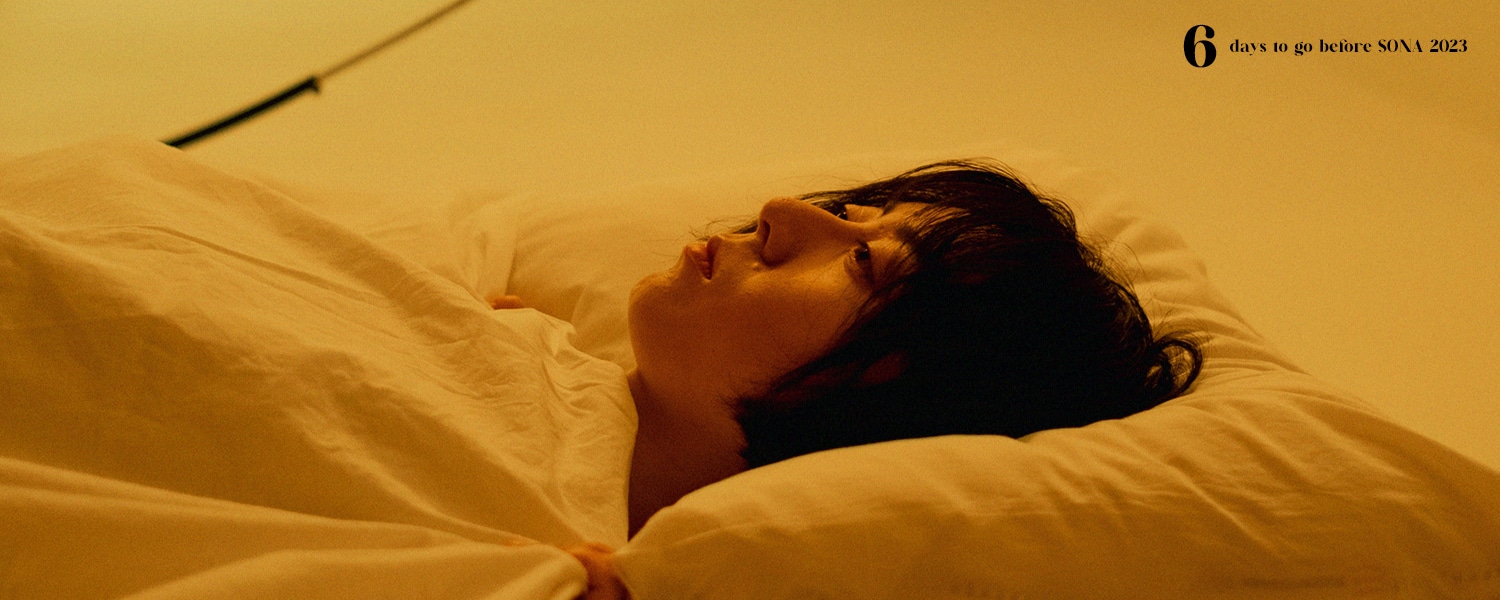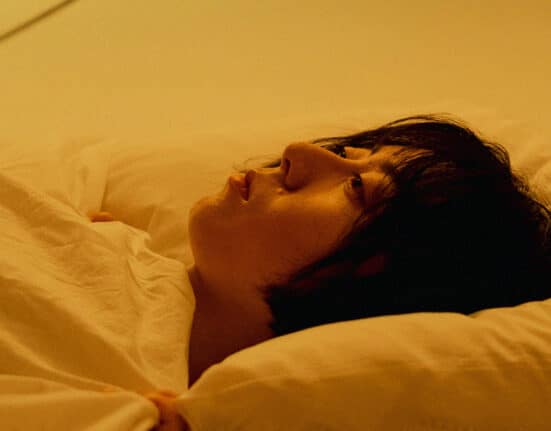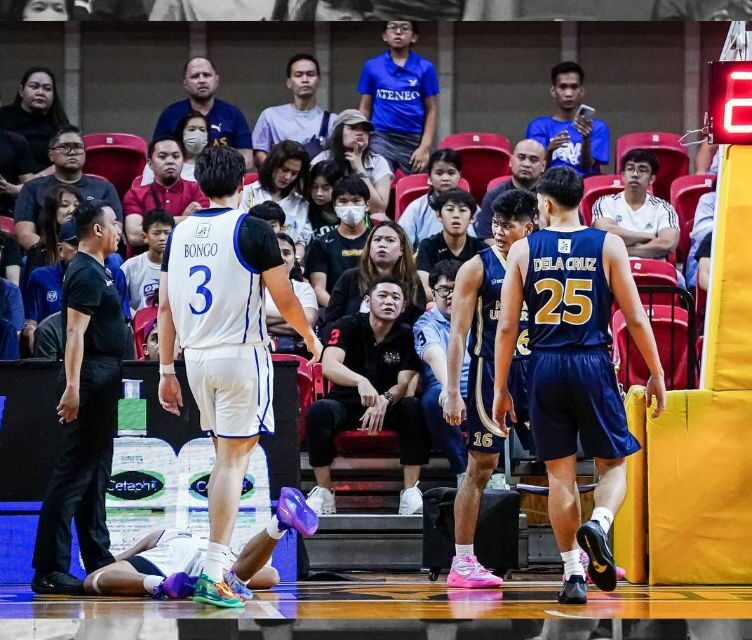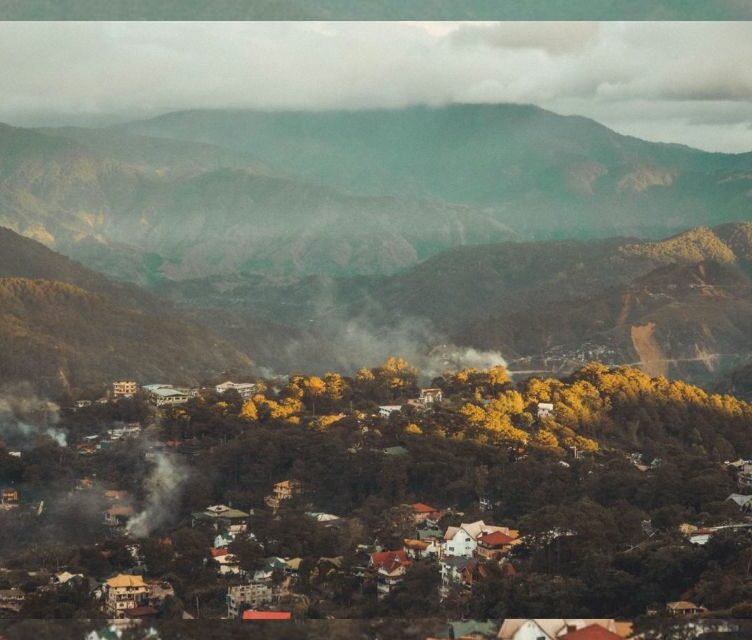THE COVID-19 pandemic affected students in more ways than one.
The crisis caused a deterioration in the quality of education that they received in the first few years after it struck. Schools were quick to shut down, and with no face-to-face classes, virtually everyone shifted to a purely online setup.
In the school year 2020 to 2021, it was found that one-fifth of students in both elementary and high school in the Philippines dropped out. This amounted to over five million people being unable to continue their schooling due to the health crisis.
But this was not all. They also had to adjust to the new environment, and with this came concerns for their health and well-being.
When COVID-19 struck, new protocols to battle the illness were quickly rolled out; some of these were the wearing of face masks and face shields, and staying six feet apart from one another. Aside from this, big social events were also banned, causing most establishments to shut down for the majority of the next year.
Now, after three years, restrictions have considerably loosened up as the Philippines has learned to cope with the disease. Over 70 million doses of vaccines for COVID-19 have been distributed throughout the Philippines, according to the Department of Health. Booster shots have also started to roll out, and many have received them.
Face masks are also no longer mandatory in public, save for some places like public transportation. cases are also down.
While one can’t exactly say that things have gone completely back to what they were before – because it’s doubtful that they ever will, hence the coining of the term the “new normal” – many people have managed to adjust to the new hardships the pandemic has brought forth.
One can’t help but wonder though: do people actually feel safer than they did in the past? Are they confident in the capabilities of the Philippines in fending off COVID-19, or has their level of fear stayed the same?
Mental health struggles
Perhaps one of the most notable effects that COVID-19 has had is the deterioration it caused for the mental health of many. The DOH estimated that during the pandemic, at least 3.6 million Filipinos faced mental health issues such as depression, mood disorders, and substance use disorders.
Younger Filipinos were not spared. 20-year-old UP Manila student Nicole Valderrama was one of those who struggled.
Valderrama felt that when the pandemic came, everything went out of control given how unprepared the Philippines was to face it. She believes that a lack of good governance was one of the root causes of this.
When the crisis struck, her anxiety and insomnia worsened immensely, especially when her school made the transition to online learning. For her, it felt as if they were only complying with requirements and not actually learning anything.
“This became such a huge burden since we were all unprepared for this, and talking about the financial needs in [the] time of a pandemic would only make everything worse,” she said.
Despite her disdain for online learning, she had no choice but to continue because she knew the burden it would cause her family if ever she were to drop out. While this was happening, she had to deal with her father losing her job, her family’s savings practically running out and relying almost solely on her aunts abroad because her mother wasn’t making enough to sustain them. She also lost her own job in the midst of all of this.
“My youth was wasted; I think that’s how everyone, even I, would say the pandemic did to oneself,” she said.
“I felt like I was not excelling and was not developing myself to my full potential… I could have done this, I could have done that – those ideas would always come to mind,” she added.
23-year-old UP Los Banos student Andrei Alexander De Castro also felt that during the pandemic, there were moments wherein he was able to do nothing but worry about his health as well as that of his family.
There were times when he’d feel anxious that they’d have no more food to eat or wouldn’t have enough vitamins to take because, like Valderrama, his mother also lost her job during the pandemic and contracted cancer.
De Castro even had to stop studying for a while, as he had no choice but to start working so that he’d be able to provide for his family.
But he did have some takeaways from this experience.
“One of the best things I have learned to [do to] deal [with] situations like that is to meditate and reflect in life,” he said.
A question of safety
Aside from mental health issues, many also continue to have concerns about their physical safety.
Valderrama has noticed that since the pandemic, she’s grown extremely anxious and paranoid about contracting COVID-19, so much so that she often bathes herself with alcohol just to stay safe.
She continues to follow the rule of wearing a facemask in enclosed areas or whenever she’s commuting, only removing it when she’s in open spaces or when she feels safe with who she’s with.
“Masks have been a vital part of my life,” she said, noting the role it plays in preventing the contraction and transmission of diseases.
She also makes sure to sanitize and wash her hands whenever needed, as she noted that the COVID-19 virus isn’t the only enemy people are battling.
De Castro continues to follow safety protocols as well. He brings alcohol with him everywhere, spritzing his hands each time he touches something while out and about. He also makes sure to eat healthy food and take vitamins whenever possible to ensure his safety.
He still feels the presence of COVID-19 in the Philippines, though he also feels safer as compared to the first few months of the pandemic.
Still, he has found the country’s response to the illness to be rather lacking overall.
Some things that he believes could address this are being alert, having a faster response time, as well as showing integrity no matter the situation.
Valderrama shares the same sentiments – that while the country’s medical personnel have gotten better at figuring out how to handle the virus, there are still things in the Philippines’ COVID-19 response that leaves a lot to be desired.
One such problem is the lack of medical accessibility in the country, not just for COVID-19 patients but for any malady, be it physical or mental.
“As someone who gets to see PGH every day, I see how devastating it would be for people to line up, or even have their beds outside the hospital just to get to see experts for free, [since] not everyone is accommodated at these times,” she said.
While people have to simply get used to the new normal, many can’t help but continue to feel nervous even to this day. Perhaps that’s a feeling that may never go away.
The future of the Filipino’s mental health
A recent study, the AXA Study of Mind Health and Wellbeing 2023, found that 54 percent of the new generation (or Generation Z) experience poor mental health. In Asia, specifically, 51 percent are suffering.
These people continue to suffer because there still exists not only a negative stigma around treating mental health, but also financial inaccessibility to get the help that one so desperately needs.
In a study done by the Harvard Humanitarian Initiative, the Philippine Psychiatric Association, and the Psychological Association of the Philippines, experts discovered that Filipinos often choose to continue struggling because they either feel too ashamed to get help for their needs or cannot afford to do so.
While there have been laws passed to help those with mental illnesses in the country, such as Republic Act 11036 or the Mental Health Act, the Philippines still has a long way to go in terms of removing both the negative stigma around treating mental health, and of making related services more accessible to the masses.
The people continue to struggle. If you can’t hear it, it may just be because you aren’t listening.
How useful was this post?
Click on a star to rate it!
Average rating 0 / 5. Vote count: 0
No votes so far! Be the first to rate this post.
We are sorry that this post was not useful for you!
Let us improve this post!
Tell us how we can improve this post?







